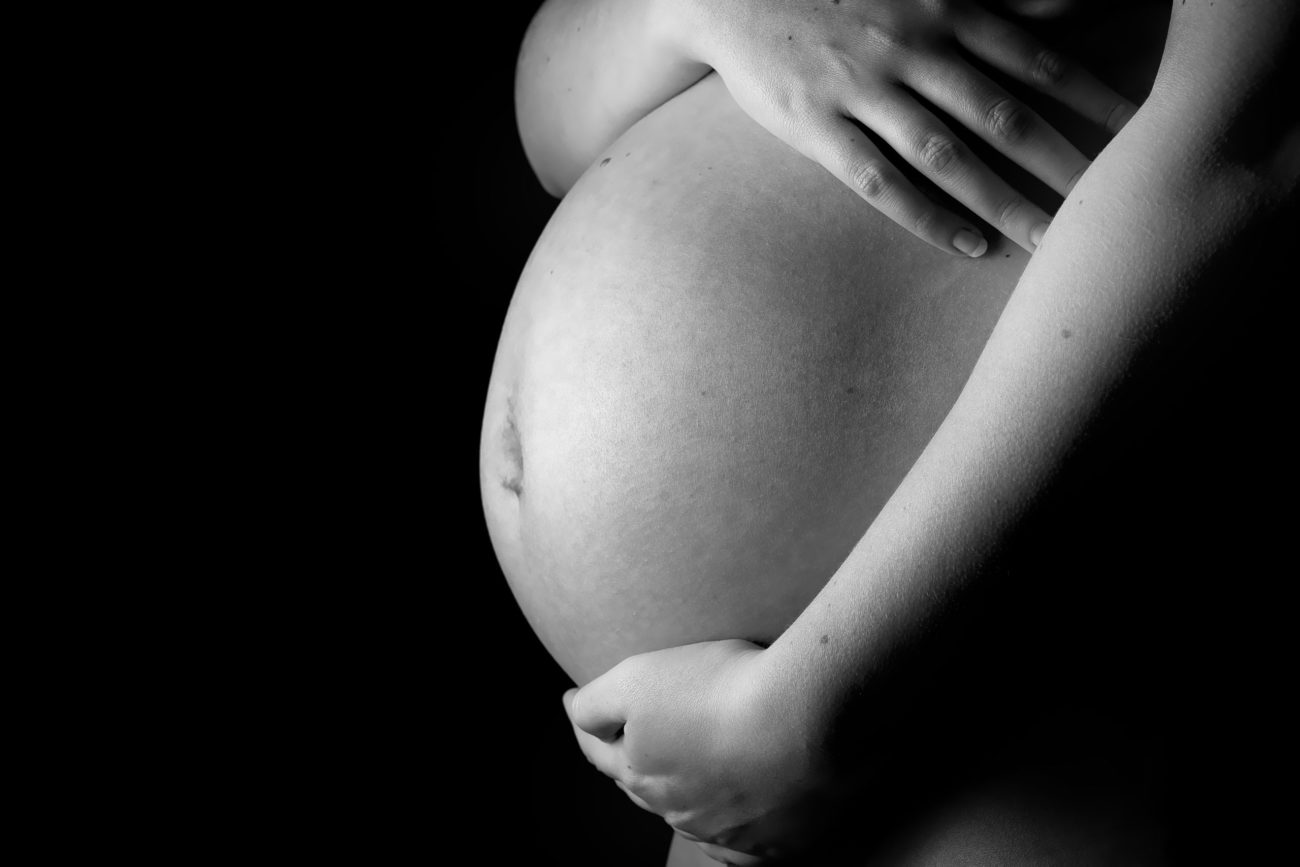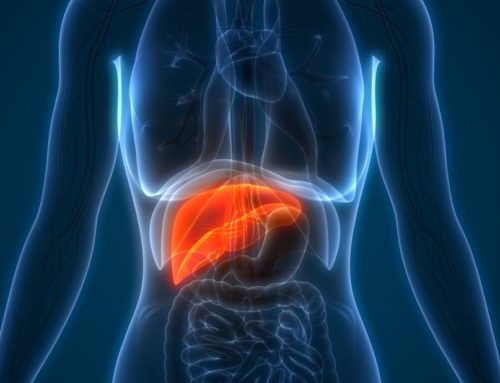Yes. Airport detectors may use a magnetic field, extremely low-energy radio waves, or minute doses of X-rays to screen passengers for unsafe objects. The amount of energy associated with each of these exposures is much too low to be harmful to you or your developing baby.
Metal detectors use low-intensity magnetic fields to detect metallic objects. The magnetic field of a refrigerator magnet is more than ten times stronger than the field of a walk-through metal detector and more than 600 times stronger than that of a hand-held metal detector.
New scanners at airports bounce low-energy radio waves off travelers to detect hidden objects. Radio waves are a form of electromagnetic energy similar to visible light but with much less energy per individual unit.
These radio wave scanners have replaced the backscatter units that were removed from U.S. airports in 2013 due to privacy concerns. Backscatter machines have also been removed from airports in Europe and many other places, but you might still come across one in some countries.
Backscatter scanners use very low-dose X-rays. A dose of radiation can be expressed in microsieverts. It takes about 500,000 microsieverts to harm a developing baby. Backscatter units result in a radiation exposure of less than 1 microsieverts, which is far too low to cause damage to you or your child.
By Anthony Scialli, obgyn/toxicologist.
Source: Baby Center





